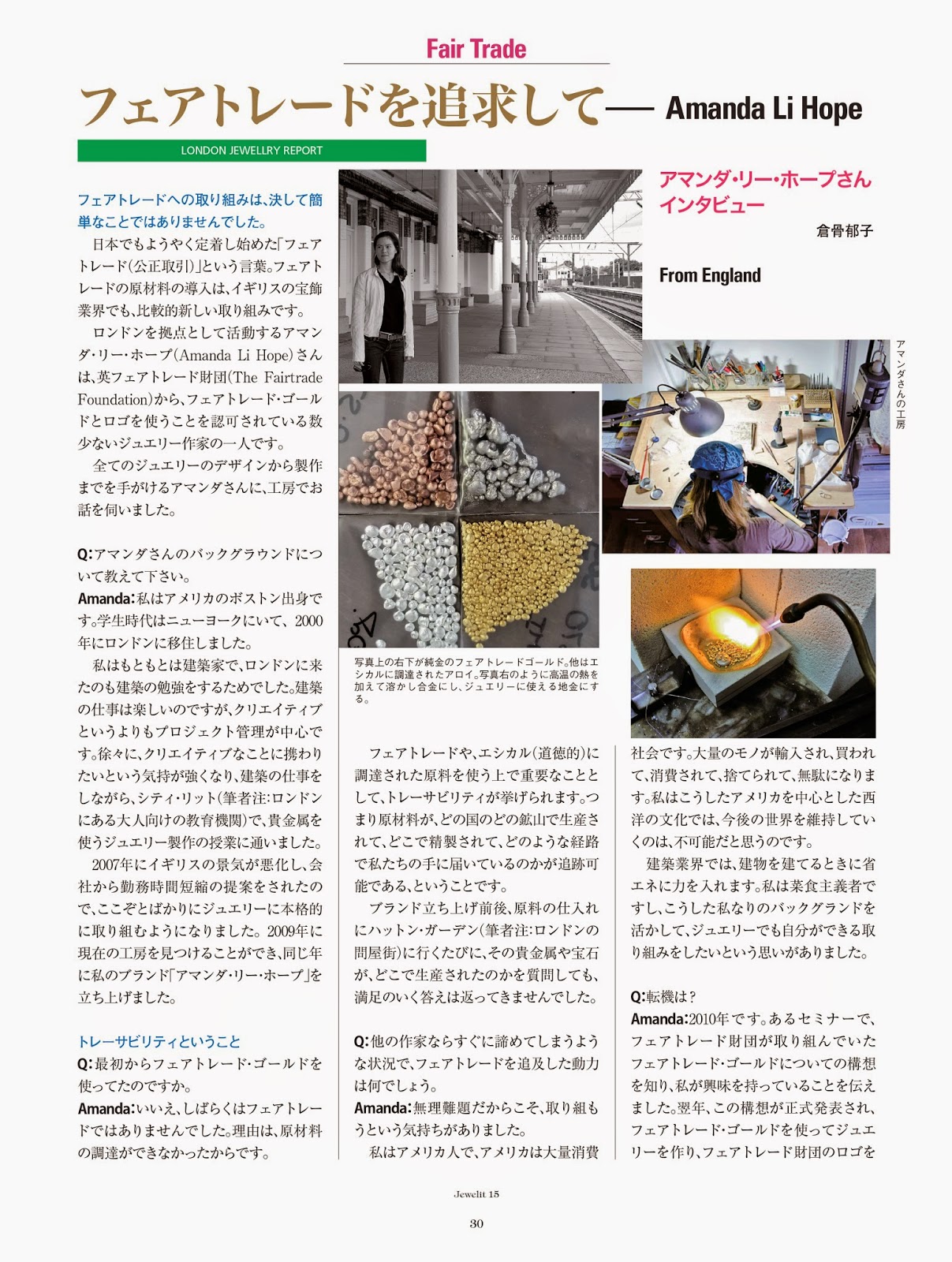Earlier this year I was commissioned to recycle two 22k yellow gold wedding bands into two court shaped 18k white gold wedding bands. Cool, right? Well, to be honest, it was going to be a challenge. Recycling metal is something I am proficient in, but alloying to a different colour or cartage - well, that was going to be new!
 |
| Original 22k gold wedding bands before being recycled |
To be fair, alloying the gold was not part of my clients' original brief. They wanted the gold of their family heirlooms to remain 22k gold, but when I learned that the engagement ring was made of 18k white gold, I realised that that was not going to be a happy marriage (of rings, that is). So, I suggested they consider alloying down their rings to match her 18k gold engagement ring.
This suggestion was not for any aesthetic reasons, but a practical one of longevity. As the bride-to-be intended to wear her wedding band next to her existing engagement ring, I recommended that the band ought to be at least a similar caratage of gold, if not colour as well. The reason is because 22k gold is softer than 18k gold, and over an extended period of time (e.g. several years) the harder metal of the engagement ring will wear away a softer band.
(For a more technical explanation, 22k gold has at least 91.67% gold content with the rest being a combination of silver and/or copper; 18k white gold has a minimum 75% gold with the remaining 25% being a combination of silver, copper and palladium - and it is the higher presence of these other alloys in the 18k gold, particularly copper and palladium, that will have a detrimental effect on its softer, 22k gold neighbour.)
In the end, my clients decided to go ahead with alloying their bands down to 18k white gold. They both wanted matching bands, so his would be 18k white too. The unforeseen bonus to this was we have more material to make a wider band for him too. (After doing a 'test' in sterling silver bands in the equivalent of the amount of 22k gold, his band would only be 3mm wide - so the additional metal was welcome.)
With the decision made to alloy the metal, I purchased the required palladium and silver both of 99.9% purity. Next came the tricky part, how much palladium and silver do I add for a successful 18k white gold alloy? Time to wake up the dormant algebra solving neurons in my brain. (Not interested in the math? Just skip down to the photos!)
First was to determine the composition of the existing rings:
Existing rings of 22k gold = 12.25gms
Fine gold = 91.67% of 12gms = 11.23gms
Alloy of silver and/or copper = 8.33% of 12gms = 1.02gm
Next to determine the final weight of the future 18k, I used the existing figure of 11.23gms of fine gold as the 75% gold content required and calculated the following. I also referred to Cooksongold's knowledge base to find a suitable general purpose, nickel free
18k white gold alloy. The one I used suggests 11.85% silver and 13.00% palladium. With this 'recipe', I then assumed the existing 1.02gms of alloy in the 22k gold would count towards the 11.85% silver content, and the rest would be palladium.
Total weight of future 18k gold (e.g. minimum 75% content)
= 11.23gms / 75%
= 14.97gms
Fine silver to add (e.g. 11.85% content)
= (Weight of 18k gold x 11.85%) - existing alloy present
= (14.97 x 11.85%) - 1.02gms
= 0.75gms
Fine palladium to add (13.00% content)
= Weight of 18k gold x 13.00%
= 1.95gms
(Since carrying out these maths, I found some very helpful tables in Jewelry Concepts and Technology, by Oppi Untrect, which I used to triple check everything.)
Next I weighed out the metals, but not before first cutting out the solder joints from both rings to remove the less pure metals from the equation. The final weight of the 22k gold rings was 12.165gms, from which I made slight adjustments to the silver and palladium weights. Also to be safe, I added ever so slightly less palladium and silver than my calculations revealed just to make sure I didn't dilute the gold content to fall below the 75% required minimum.
Photos of the metals used and actual melting I did. I followed the steps as outlined in Harold O'Connor's Jewelers Bench Reference:
 |
Weights of metals before alloying
(Note: 22k gold rings have the solder joints cut out) |
 |
| Melting the alloy metals first (silver and palladium) |
 |
| Alloying metals mixed |
 |
| Adding the gold rings. |
 |
| Mixing all the metals |
 |
Newly alloyed 18k gold in ingot mould.
(Note: Scorfier is still hot, hot, hot!) |
Voila! An ingot of 18k gold successfully poured, and ready to be made into two wedding bands.
Actually that last photo was taken a few weeks ago. Since then, I have made her band and taken it to the London Assay office. I am pleased to confirm it was stamped "750", confirming it is 18k gold. His ring was completed this weekend and has a finished width of 5mm. This is 2mm wider than it would have been had it remained 22k.
So in the end, everyone is happy. She has a wedding band that will reside happily against her engagement ring for years to come. He has the wider wedding band he wanted. And, I know how to successfully alloy gold!
Photos of the finished rings can be found
here on my website.









































